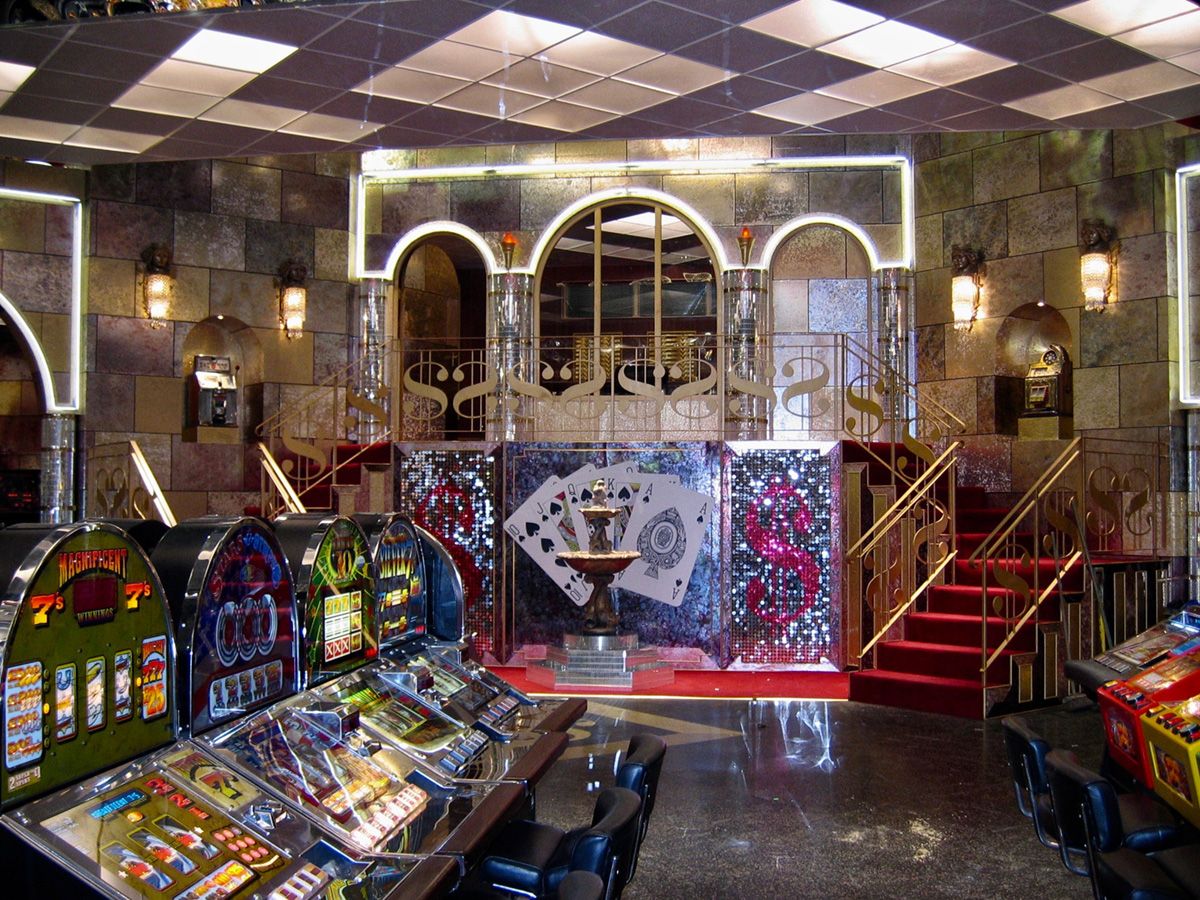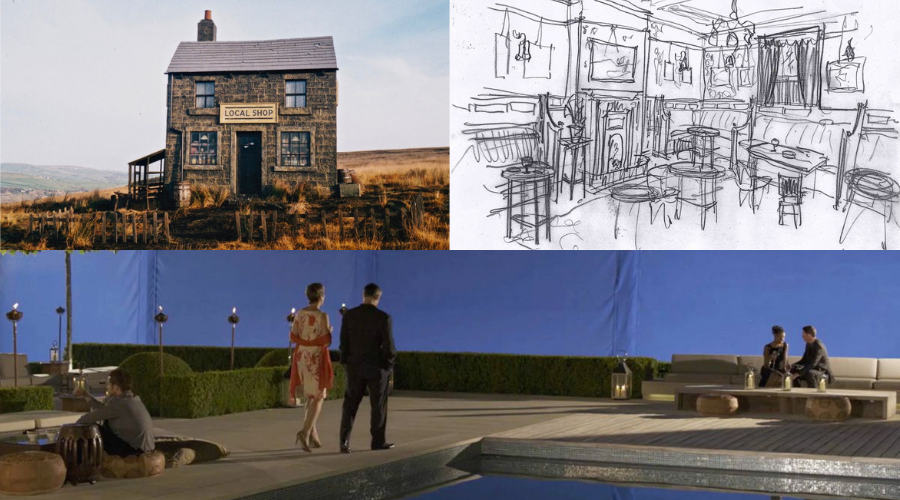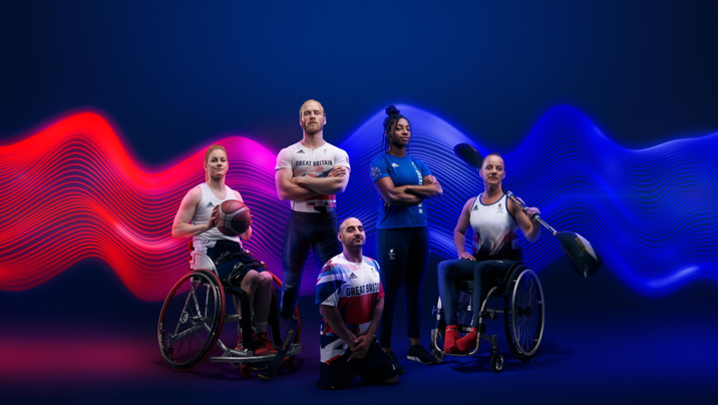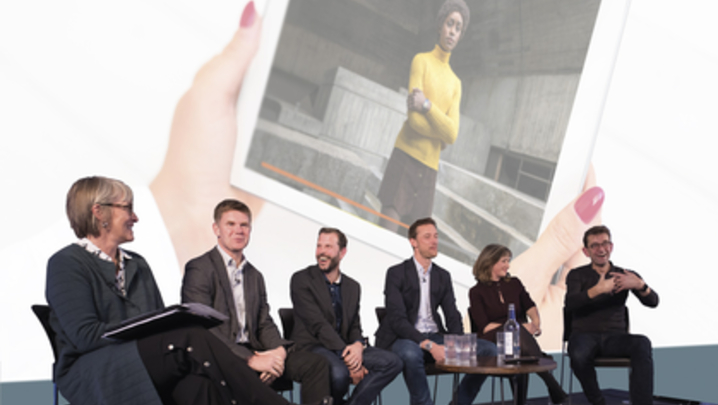Emmy and RTS award-winning production designer Grenville Horner has been adding style to television programmes for the past four decades.
Most recently, he brought his quirky aesthetic to Adult Material, Channel 4’s drama set in the porn industry.
What is the production designer’s job?
Visualising the script and creating a world for the story to take place in. I set the mood and the tone for the look. The production designer is responsible for everything you see on screen, from a table dressing to the choice of landscape and everything in between: rooms, vehicles, special effects and stunts.
So, everything starts with the script?
I have to be excited by a script – with a lot of scripts I don’t get past the first five pages. Sometimes, though, projects come up like Channel 4’s drama The End of the F***ing World. I read a synopsis by the director and thought it was fantastic.
When are you brought on board?
I’m pretty much one of the first people employed. Normally, it is the director who chooses the production designer but sometimes I’m employed even before the director.
What’s your first step?
Initially, I produce a series of images – they could be paintings, stills or sketches I’ve made. These are not designs for the programmes, but they establish its mood. For Adult Material, the hub of the piece is [porn star] Jolene’s family home, so I put some images together for the type of house I thought she might live in and also for the [porn] studio.
Who do you work with closely?
The production designer heads the art department, which, depending on the scale of the job, can be from three to 10 or so people. On a feature film, it could be 40 or more. Your right hand is the art director and your left is the set decorator, who is responsible for the set dressing and the props.
How did you become a production designer?
I always drew as a kid and went to art college: one year’s art foundation course; a three-year degree; and then a three-year master’s at the Royal College of Art in environmental design and architecture. That was seven years of art college – in those days, on a grant, which was fantastic. That time has gone, unfortunately.
I got a job with the BBC design department, initially on a six-month contract. At the time, it was a huge operation and a fantastic breeding ground for creativity.
What was your first work?
Designing a sedan chair for a period drama. As an assistant, I was working with a group of designers across lots of projects and genres – it was a great apprenticeship. I really loved working on the parodies of films such as Gone with the Wind and The Sound of Music for the French and Saunders sketch show.
What do you bring to work with you?
An A4 plain hardback notebook, 4B pencils, an A2 drawing board, scaled rulers, a table tennis set and my guitar.
Music or art?
My first solo design job was on the kids show Multi-Coloured Swap Shop, with Noel Edmunds. The live programme went out on a Saturday morning but, during the week, in a small studio, they’d record pop bands such as Blondie and The Pretenders, and I would design the set.
At the time, I was playing in a band, The Cut-Outs, with a mate from college. One week there was no band booked so the show’s producer asked us to play. We weren’t very good, but we did two numbers on Swap Shop – and we got a two-single deal with EMI and even an offer to go on tour with Dave Stewart and Annie Lennox’s band, The Tourists. We were too scared to go! For me, it was music or art, but the art really took off. I’ve played in several bands, though, and still do.
Which work are you most proud of?
A few things stand out. Blackpool, starring David Morrissey and David Tennant – I designed and created an arcade, using the skills I learned on BBC variety shows. The Patrick Hamilton adaptation Twenty Thousand Streets Under the Sky is set in a pub, The Midnight Bell, which we built from scratch. And the local shop in Royston Vasey for The League of Gentlemen [for which Horner won an RTS Award].

What makes a good production designer?
You need to be able to communicate your vision, be open to other people’s ideas and lead a team. The job is about more than just design: you have to make decisions and control budgets. You learn these things on the job, not in college.
What are the best and worst parts of the job?
I love the preparation, where you’re imagining and shaping the world of the programme. It’s like a jigsaw when you start, which you have to piece together. The worst is when the resources aren’t made available to the art department to realise a programme’s ambition. While scripts are becoming more ambitious, time and budgets are being cut.
Are there any tricks of the trade you can share with us?
The BBC’s Hollywood-set sitcom Episodes was shot in Surrey. I designed sets with lots of green screen so we could drop in shots of Los Angeles during post-production. I remember one review that criticised the BBC for funding a jolly in LA.
What is your advice for someone who wants to work in production design?
Get as much experience as you can. You have to start at the bottom, learn your craft and understand every aspect of film-making. Watch and understand other departments – absorb everything.
Has the job changed over time?
There’s less time for preparation, which can be a problem given the increasing ambition of scripts. We also work more on location and build fewer sets.
Is there any programme you’d love to work on?
I’ve been happy with my choices; I don’t think I’ve missed out. I’ve loved moving from genre to genre, which keeps the job interesting – it’s great to go from Jane Eyre [for which he won an Emmy] to The End of the F***ing World.
Production designer Grenville Horner was interviewed by Matthew Bell.





